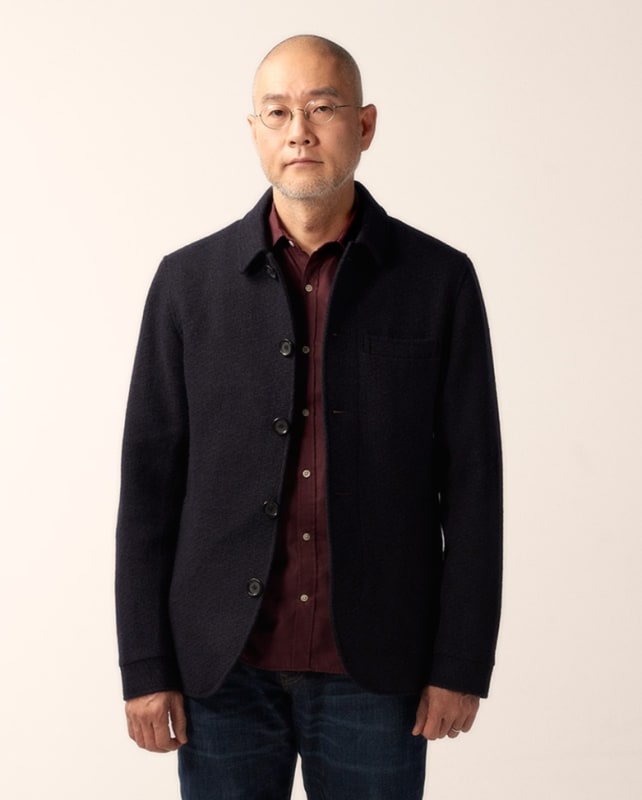Do Ho Suh creates the after-glow of time and place with fabric rooms and ritual rubbings. By Nick Compton
Last summer the Korean artist Do Ho Suh papered over much of the interior of a four-storey New York townhouse. It was thin paper, stuck down with gentle glue, a kind of second skin. Then he coated his fingers in pastel and rubbed the walls, ‘caressing them’ he says, different colours for different rooms. The rubbing got less intense the higher up the house he got and the rooms less familiar. Still, it’s a big house and it was a hot summer. Suh rubbed away his fingerprints. ‘I gave part of my body,’ he says.
Suh had moved into the basement of the house in Chelsea almost 20 years before, just after completing his MFA at Yale. It worked well as a small, 500 sq ft apartment and studio, or well enough given what Suh could afford. But it became more to him than affordable studio space. And leaving it, as he had to do, was a wrench, a sort of rupture that skinned him emotionally.
‘I was trying to hold onto something but it was also a ritual to let things go,’ he says. ‘Memories were triggered by the recovery of small textures or details that I had completely forgotten. Through the rubbing they resurfaced so I lived that time very intensively. And then I came out of it. It was like shedding skin and now I feel like I have been granted another body.’
Image: Do Ho Suh, photographed on 13 December 2016. Photography: Sofie Middernacht & Maarten Alexander.


